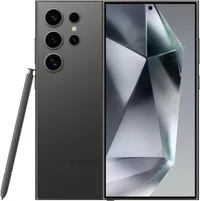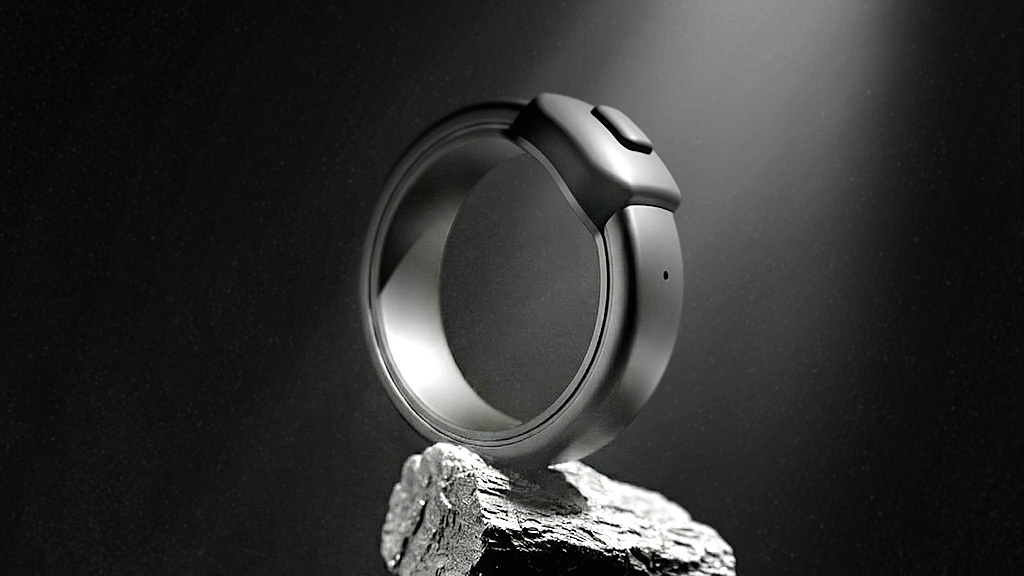Forget moon shots — I used the Samsung Galaxy S24 Ultra to try photographing galaxies
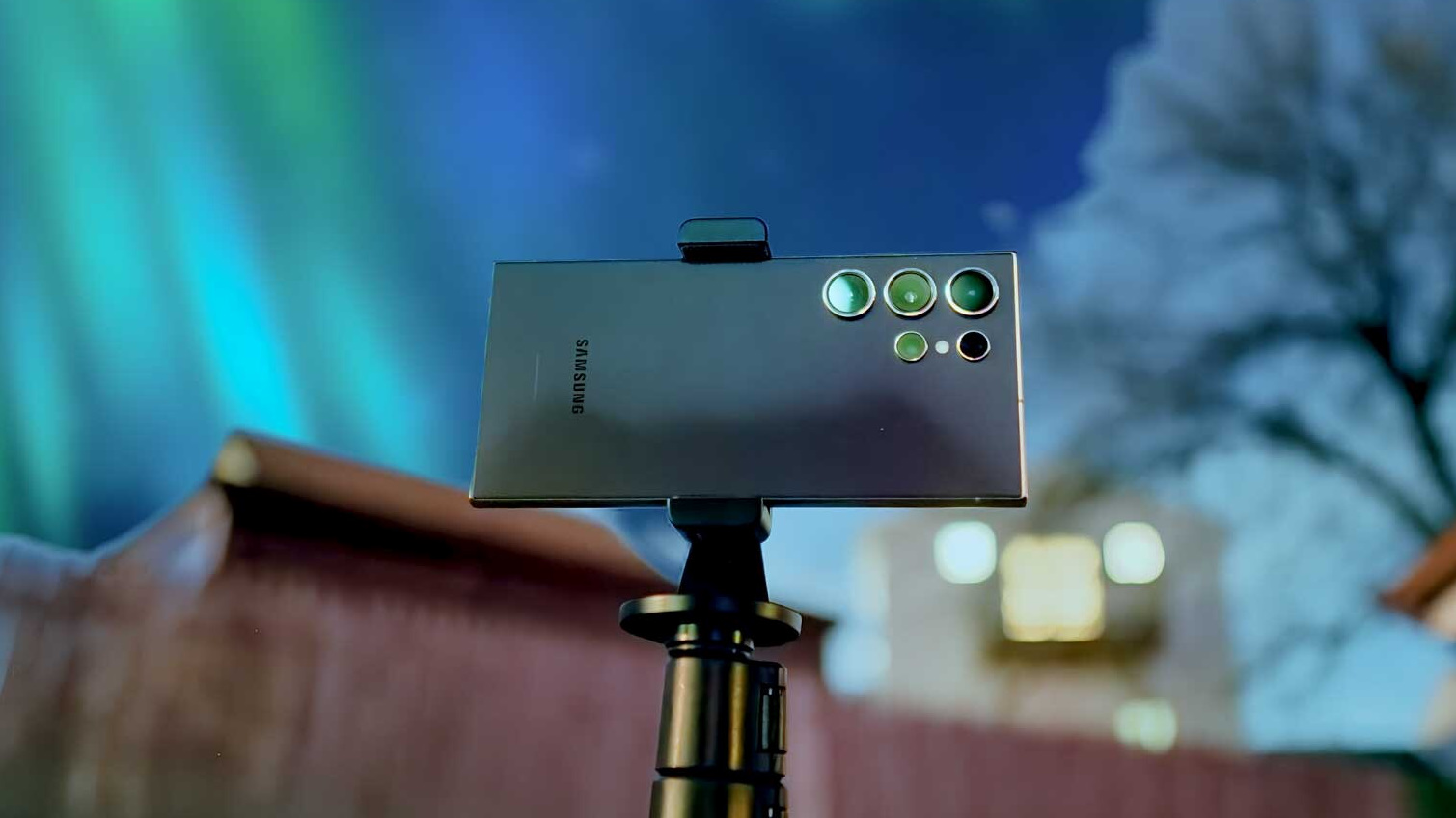
Moon shots are overrated. I made that statement a little before Samsung announced its new Galaxy S24 lineup, focusing instead on how the Galaxy S24 Ultra in particular could possibly capture galaxies and nebulas with its cameras. But it all hinged on one particular outcome.
Well, it turns out that the one thing I was hoping to not happen came true. I’m referring to the company’s decision to ditch the 10x optical zoom lens of the Galaxy S23 Ultra, replaced instead by a 5x telephoto camera with a larger sensor. Samsung argues that it could offer the same optical-quality as the S23 Ultra’s 5x telephoto camera, but not so much after I put it through some proper zoom testing in my Samsung Galaxy S24 Ultra review.
Despite the appeal of having a much longer telephoto camera, I still moved forward with my plans on attempting to capture galaxies and nebulas with the Galaxy S24 Ultra. Astrophotography is one of the new hobbies I picked up last fall after I swooned over the breathtaking celestial objects I was able to capture with my first smart telescope, so I took the Galaxy S24 Ultra out on a few clear nights to see what it could do. Here’s what happened.
Galaxy S24 Ultra: was $1,299 now $549 w/trade-in @ Best Buy
Capturing photos is no problem at all with the Galaxy S24 Ultra's quadruple cameras, which are paired nicely with the new Galaxy AI features that lets you do things like edit photos with ease and turn any video you capture into a slow motion one.
Night mode is good, Pro mode is better
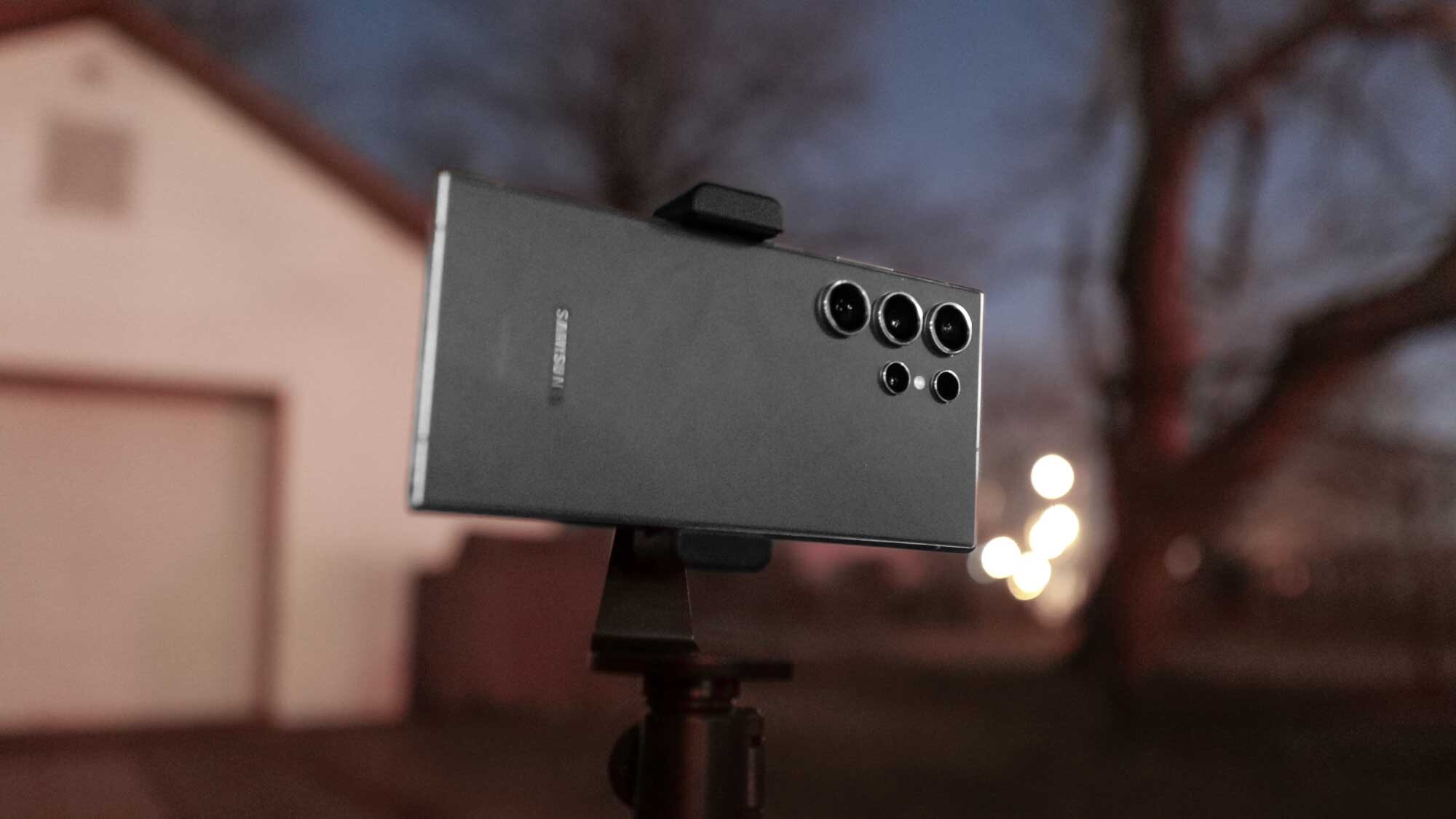
In my short experience with astrophotography, I can say that it requires patience. While you can easily pull off amazing astrophotography images with the stars in full view of the night sky, the Galaxy S24 Ultra’s night mode has a penchant for being noisier, which you can see in the images below I captured. Much of this is due to the fact that night mode maxes out at 8 seconds, and as a result, the S24 Ultra frequently goes to ISO 3200 to compensate for its long exposure.
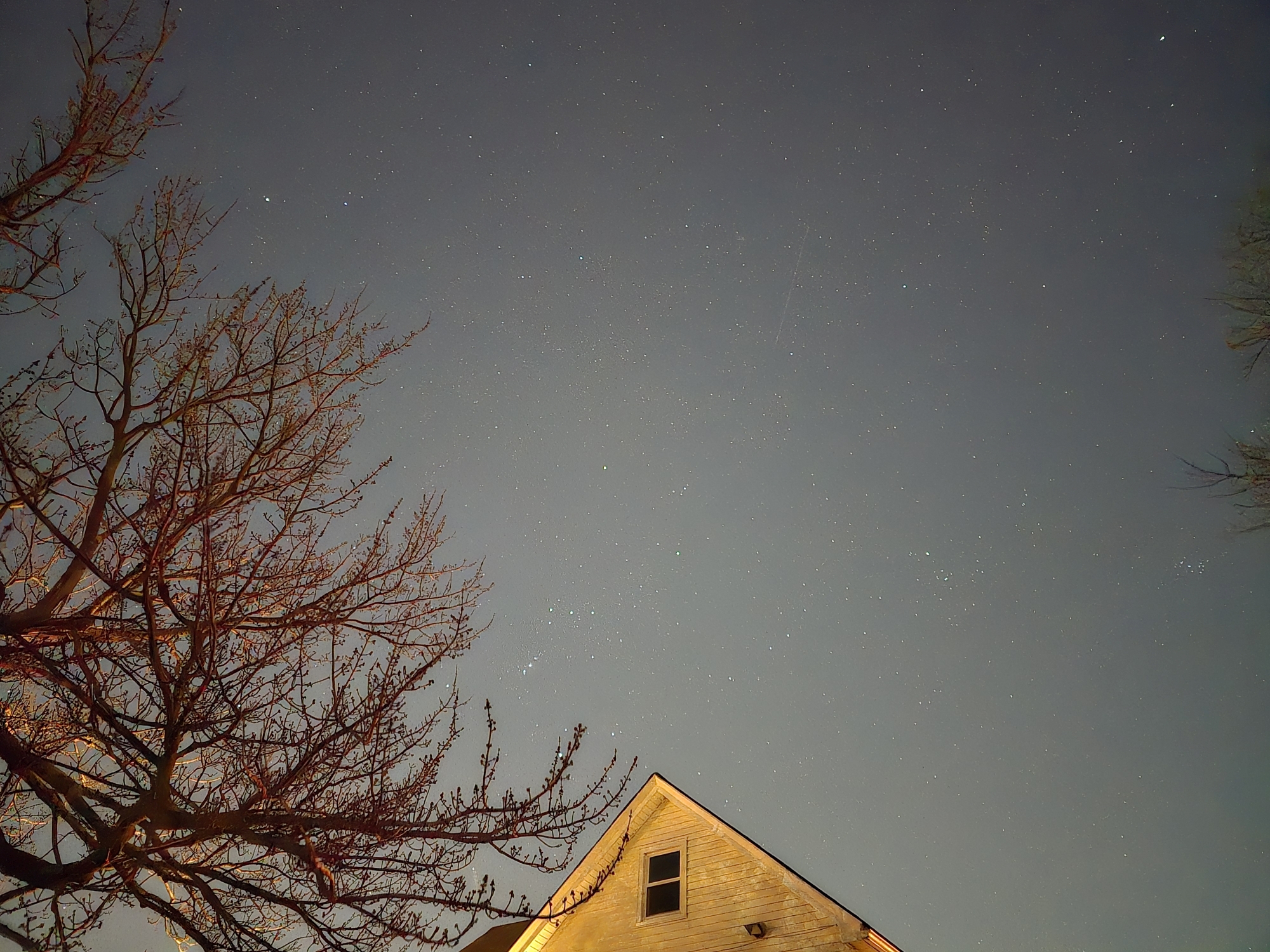

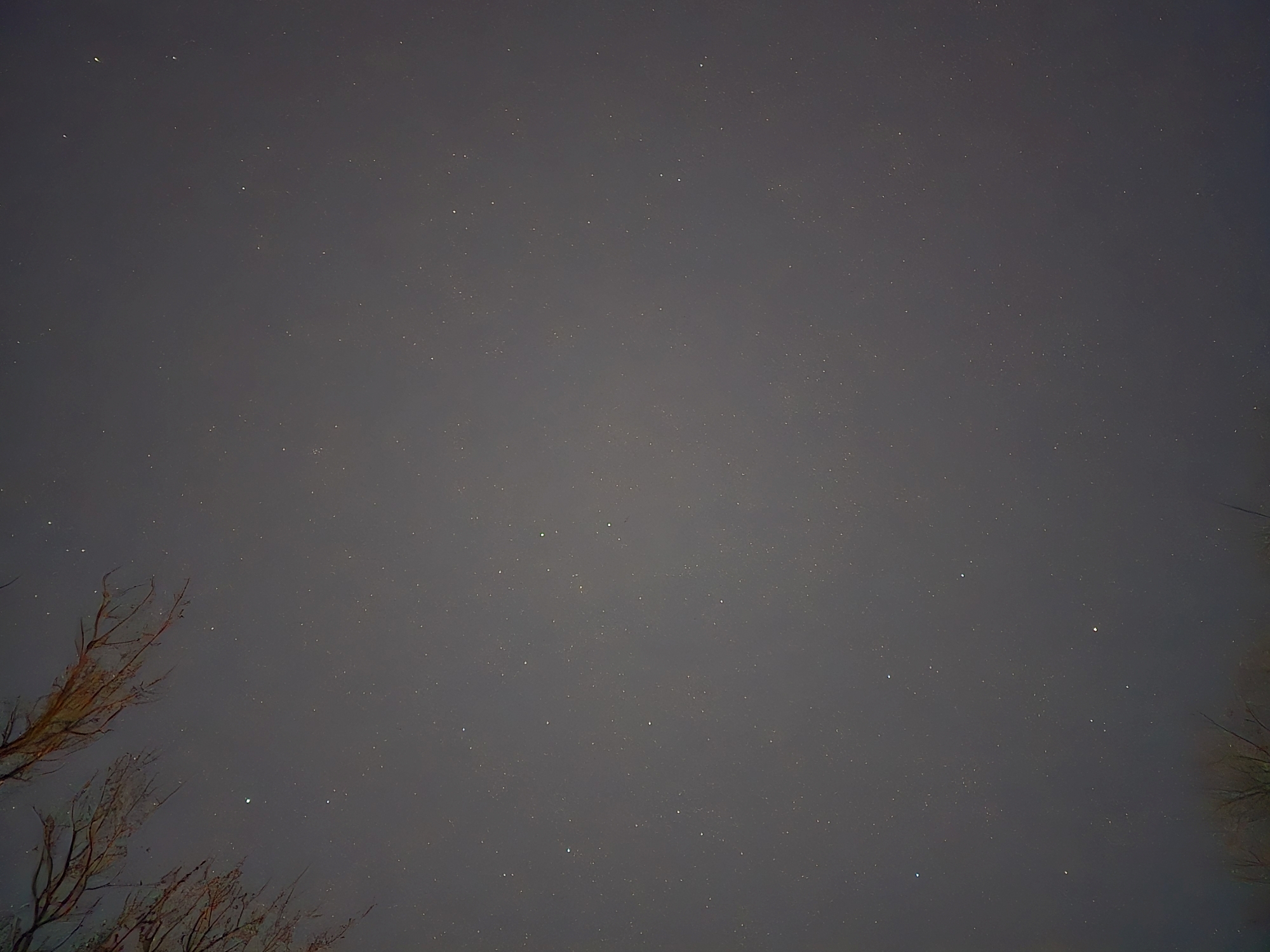

Instead of relying on night mode, I suggest using Pro mode instead to dial in the settings that best balance the quality. After playing around with different shutter speeds and ISO levels, I’ve determined that the best results came from 15 seconds of exposure and ISO 320 with the 200MP main camera. And while you can still get some decent shots using the 12MP ultrawide camera, it’s nowhere near as good as the main one.
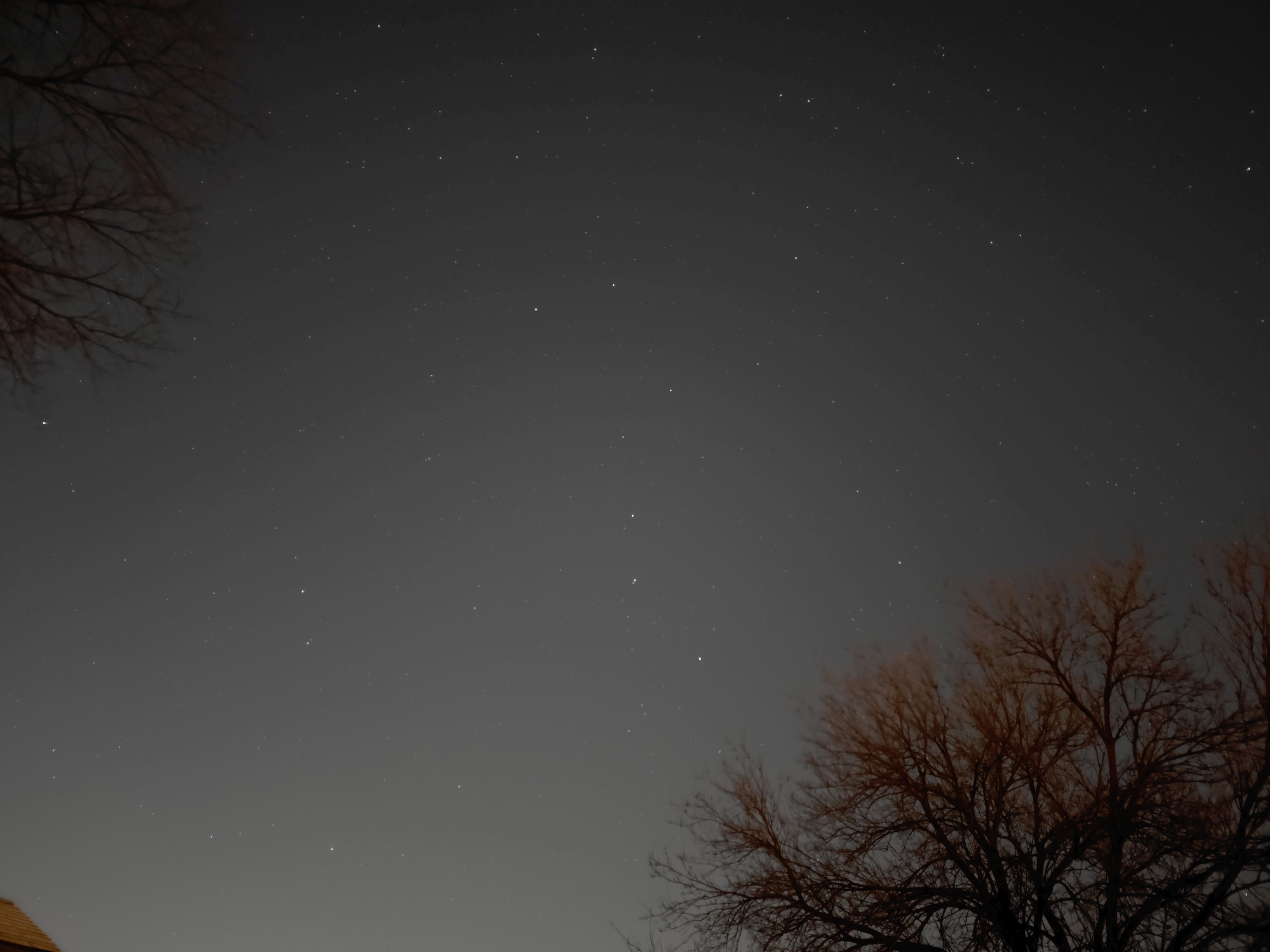
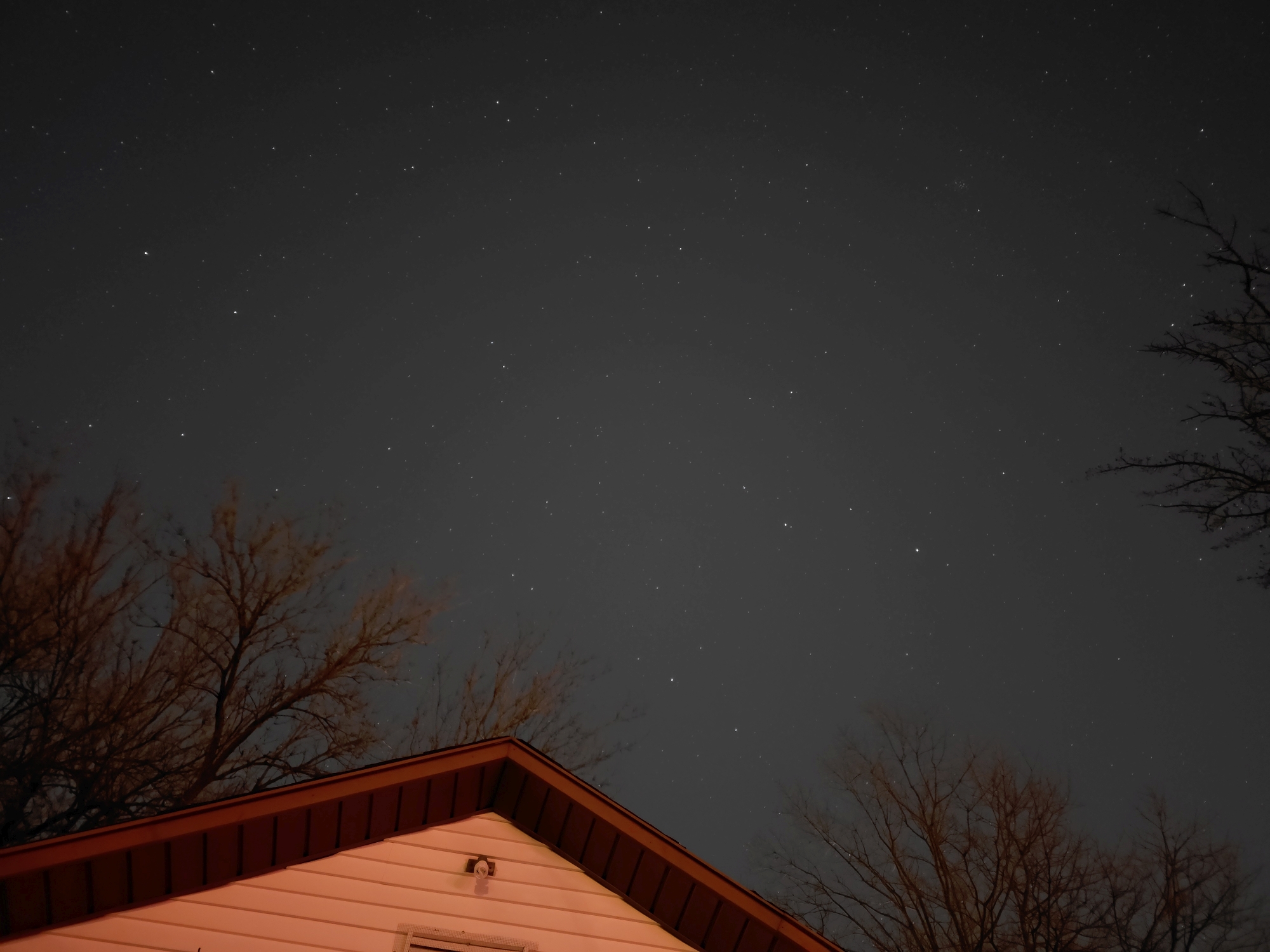
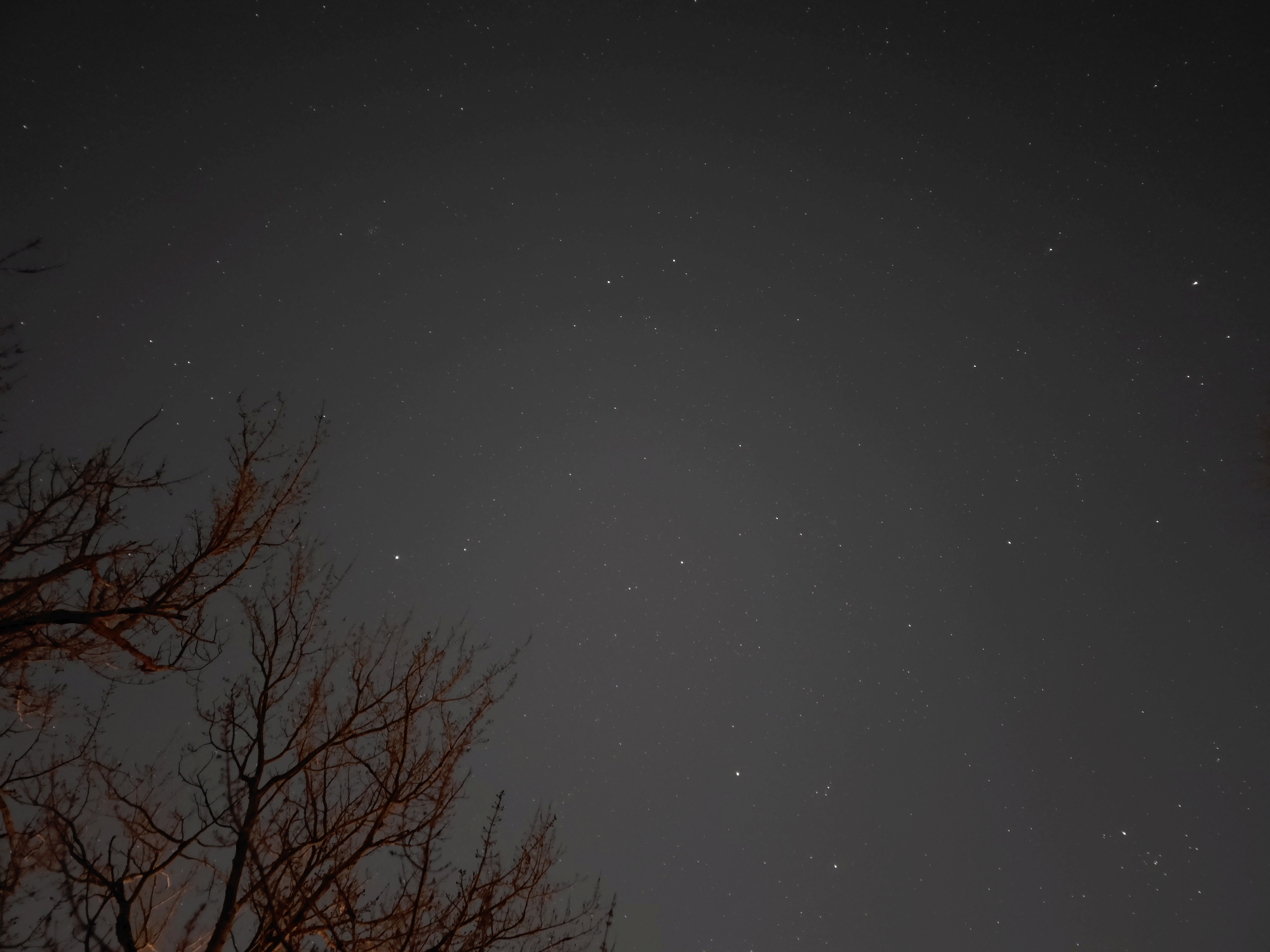

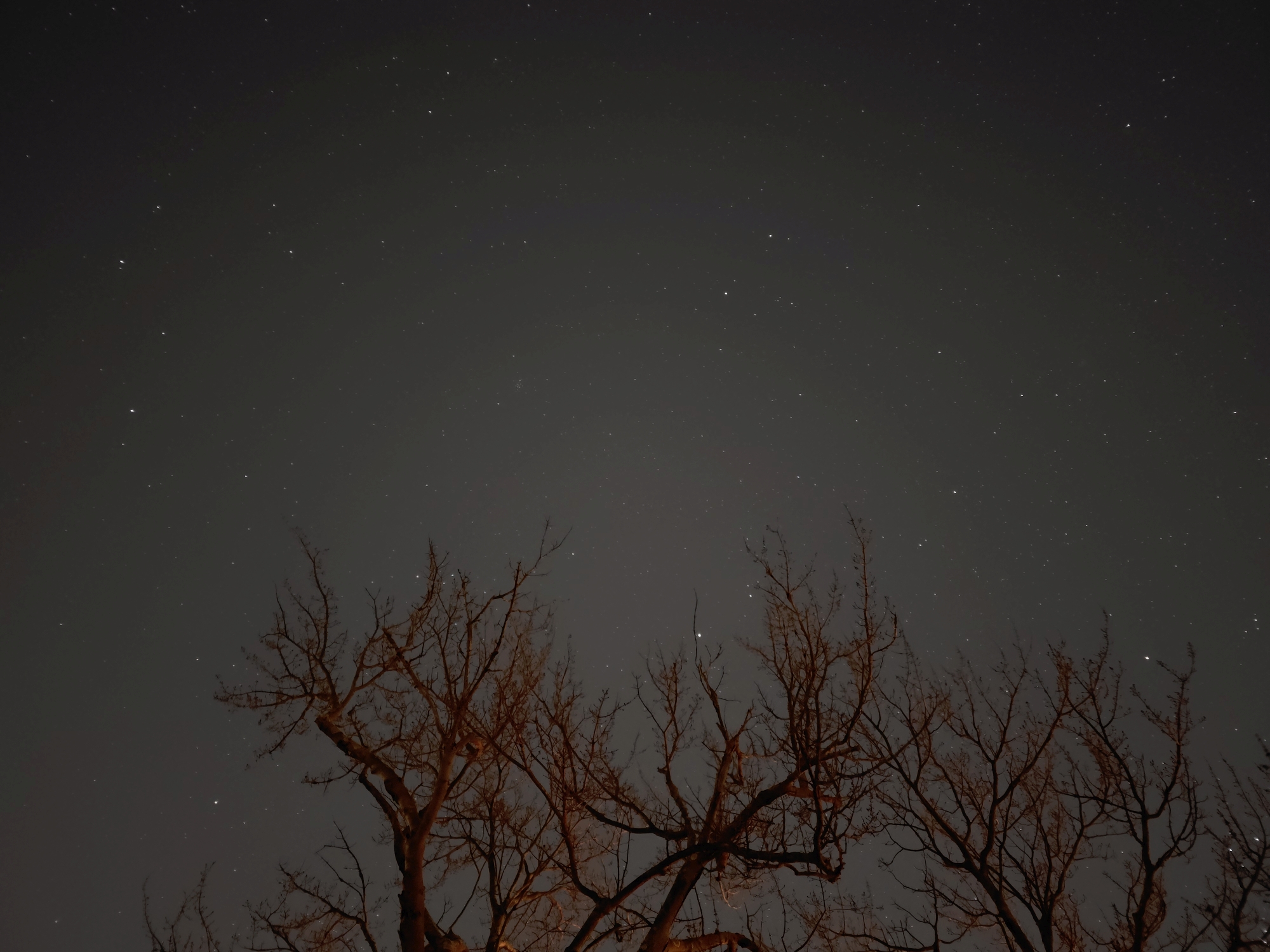
I really love the contrast between the stars in the sky and the branches from the nearby tree in my backyard. But there’s one thing I neglected to mention: you’ll need a proper phone mount and tripod to keep the S24 Ultra as still as possible. It’s the fundamental rule in astrophotography. And while I was satisfied with the Galaxy S24 Ultra’s astrophotography performance, I was eager to capture galaxies and nebulas instead.
Telephoto zoom gets you closer to the stars
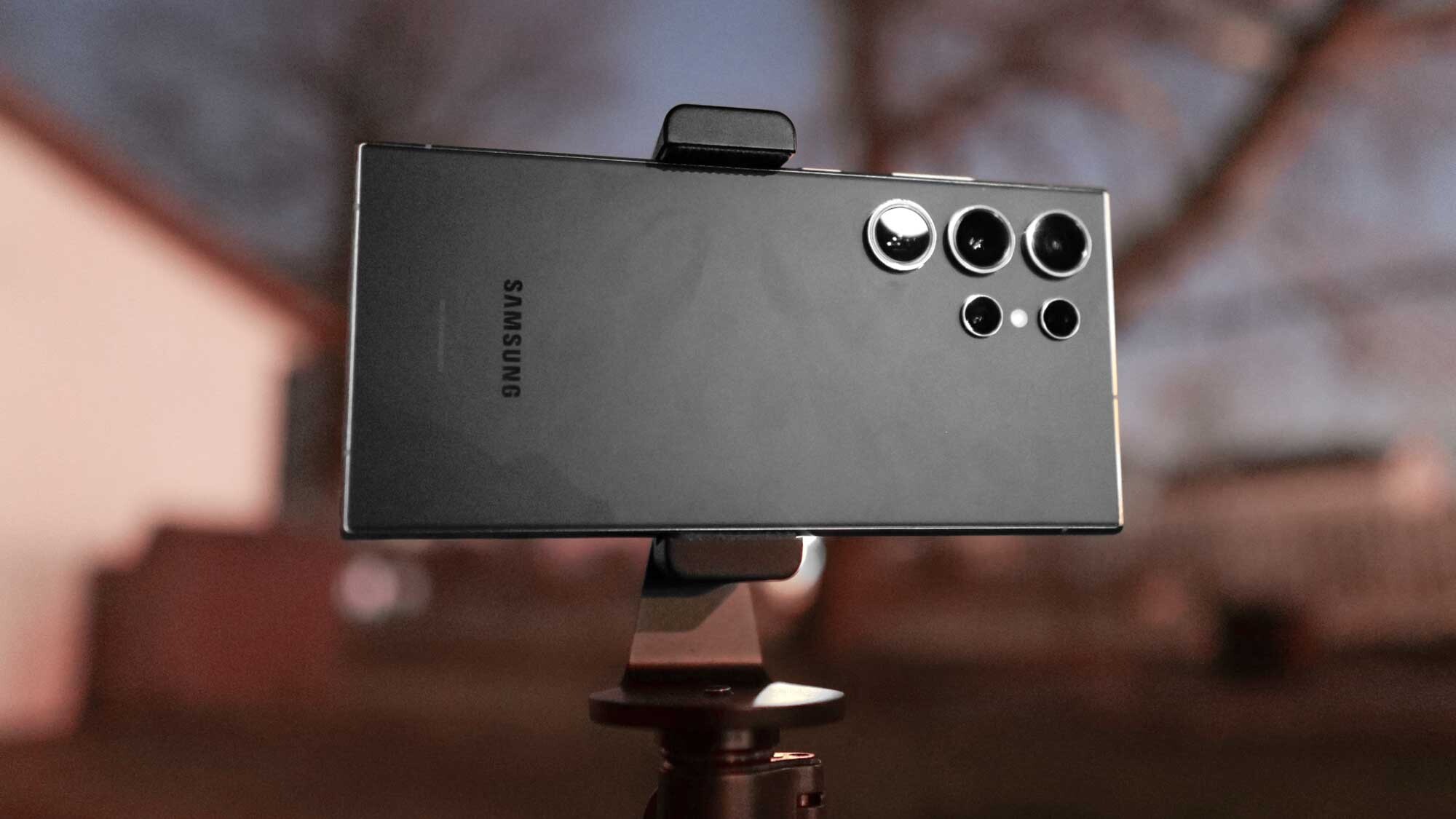
During this time of the year (and the time of the night I’m shooting), there are few deep space objects that are worthy candidates to capture. As much as I wanted to get a glimpse of the Andromeda galaxy, it was usually far too close to the horizon by the time I ended up going outside. Instead, I focused my attention on another of my favorite deep space objects — M42: the Great Orion Nebula.
Get instant access to breaking news, the hottest reviews, great deals and helpful tips.
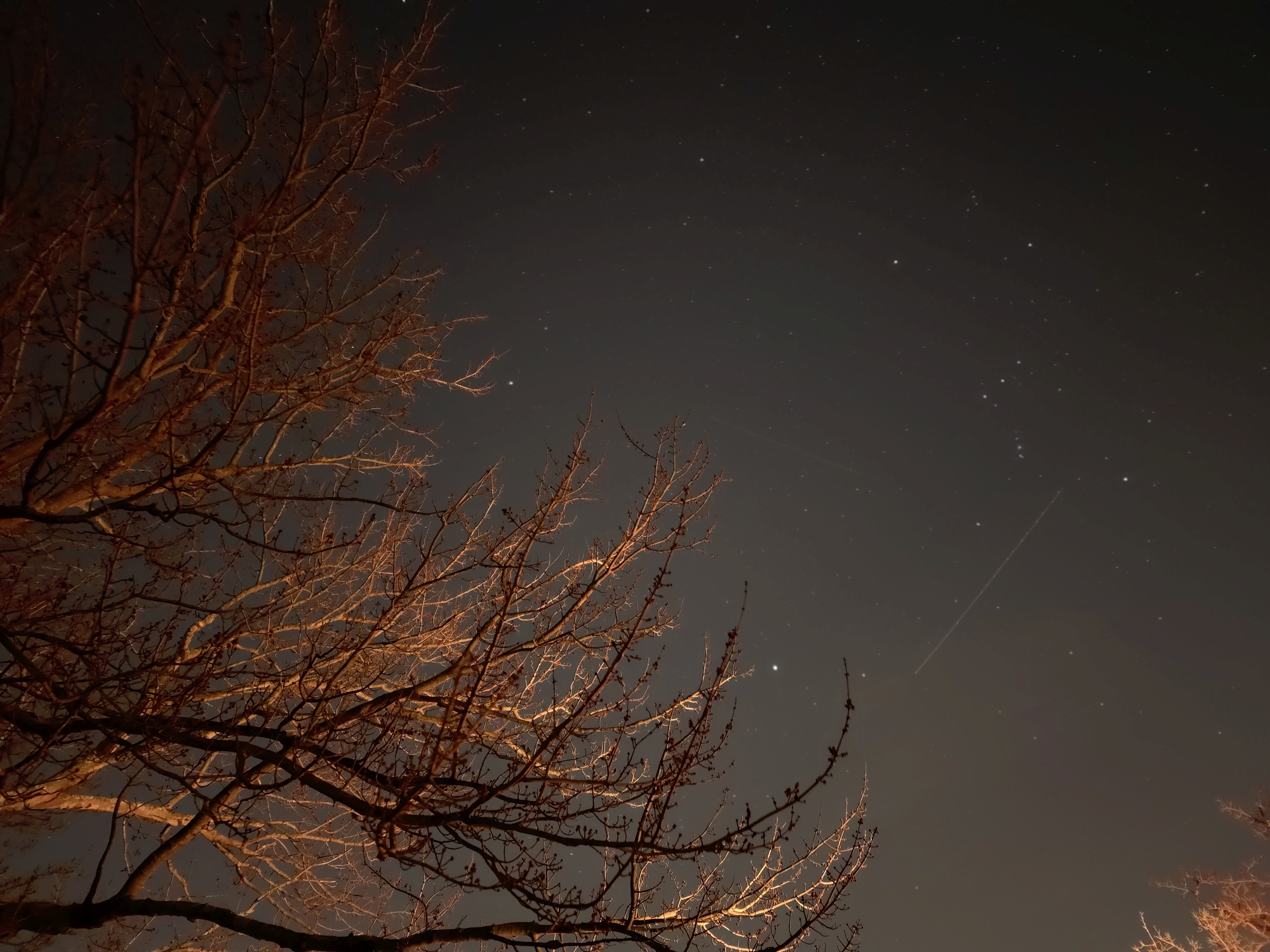
I started off using the 200MP main camera to target the Orion constellation, and once I was able to get it into frame, I switched over to the Galaxy S24 Ultra’s 10MP telephoto camera with 3x optical zoom and subsequently to the 50MP telephoto with 5x zoom. I was skeptical I was going to be able to actually see the nebula, but I was proven wrong.
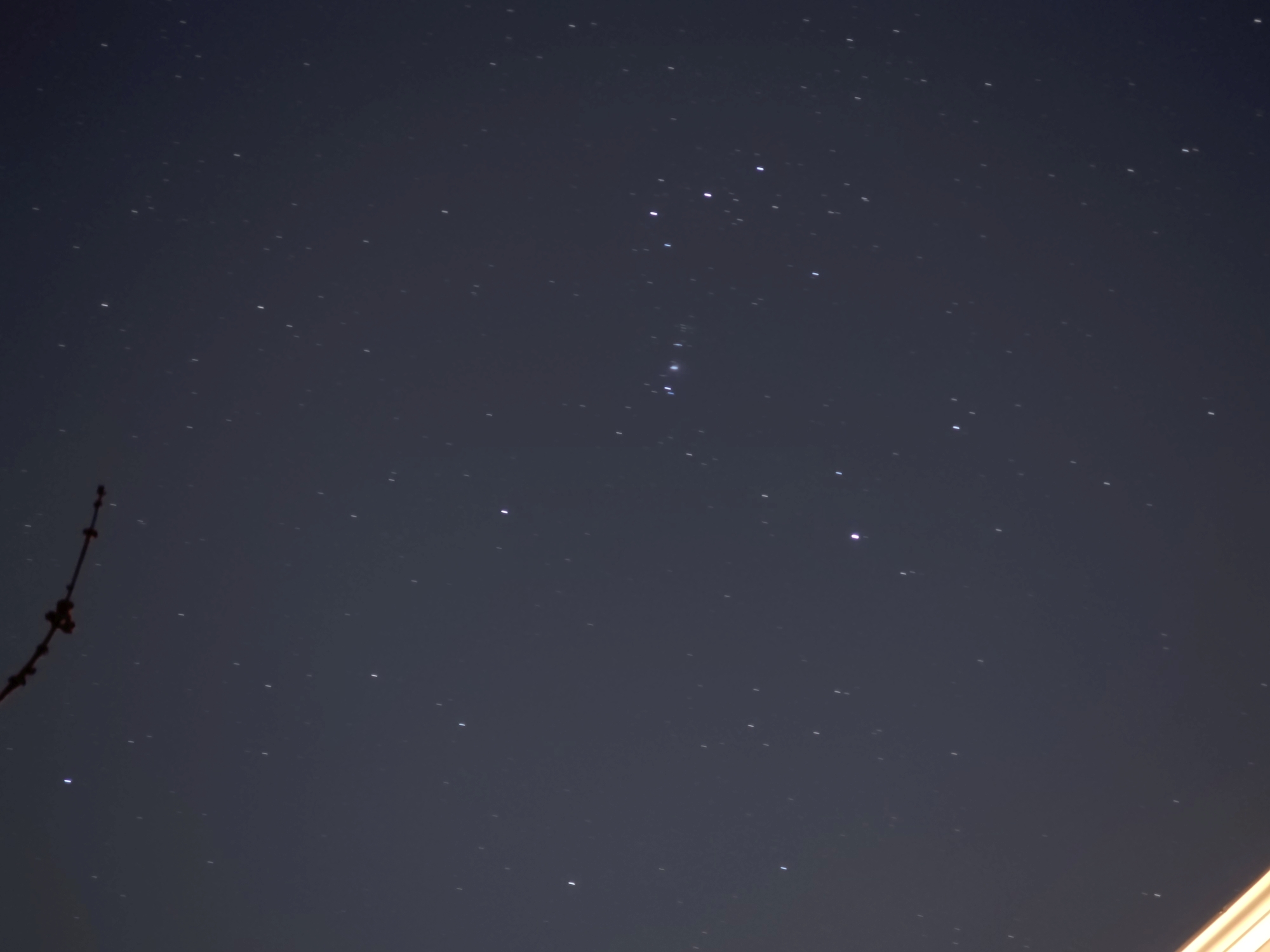
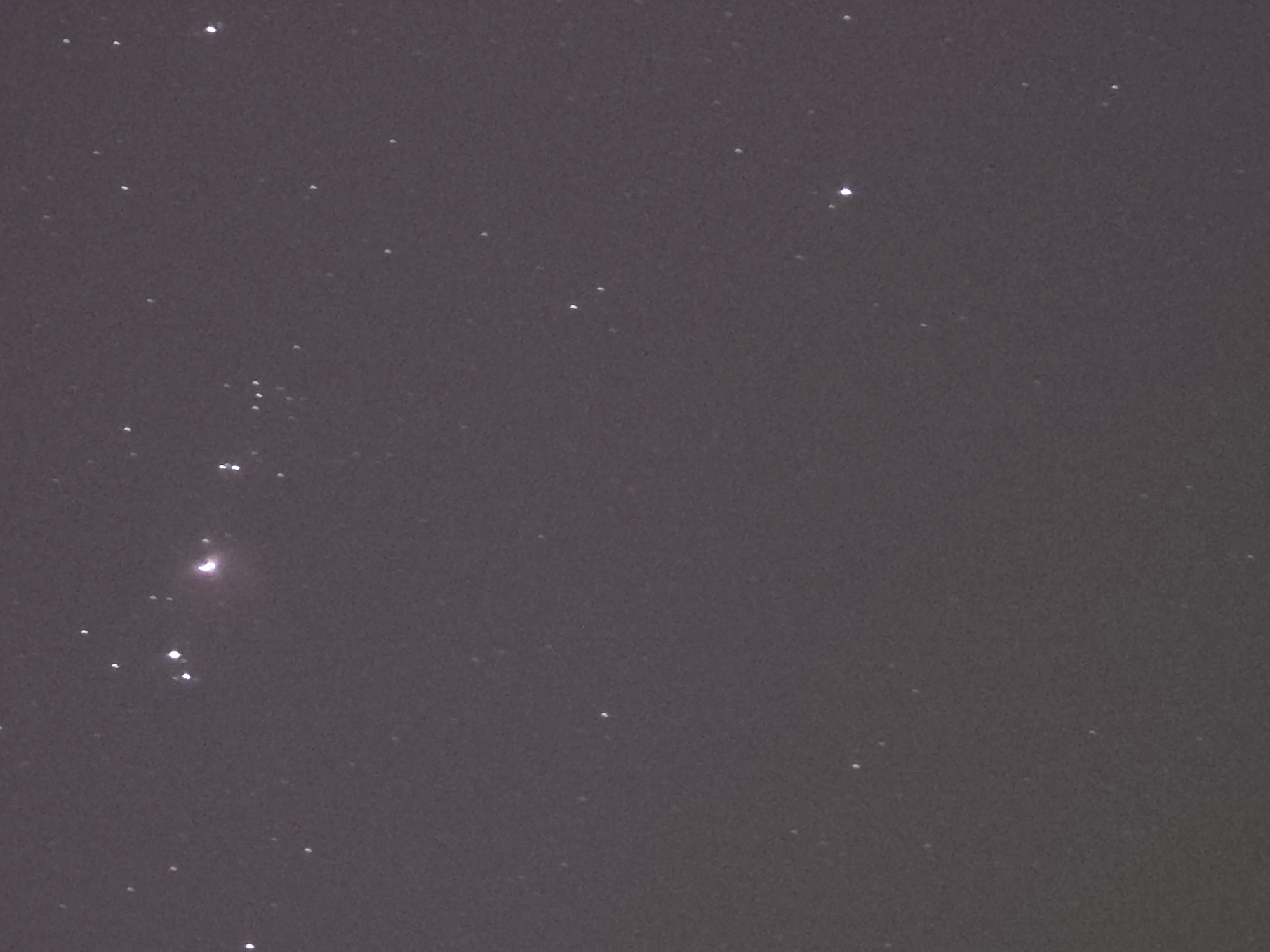
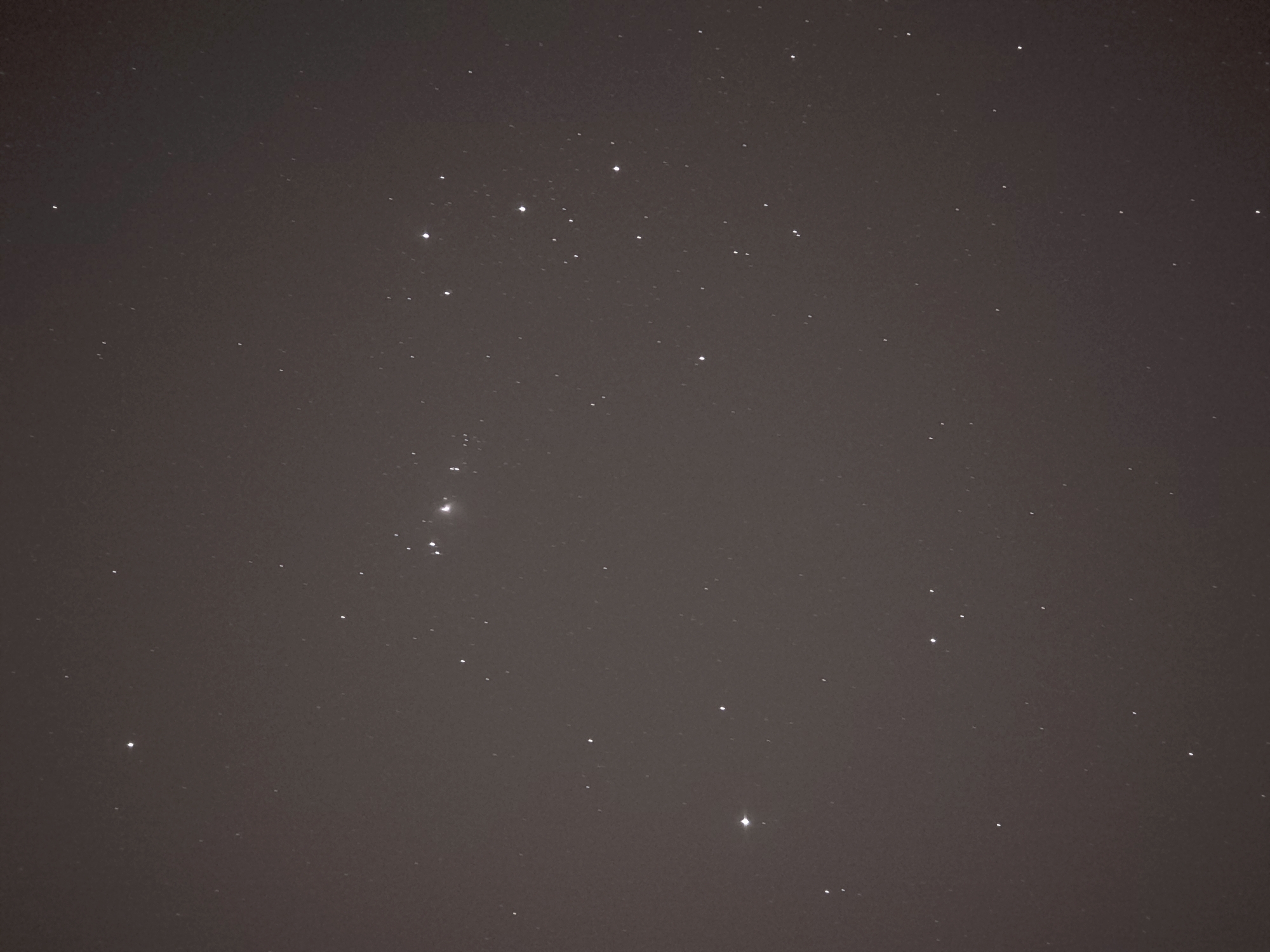

It did take several shots over the course of two cold nights to get the proper settings with the 50MP telephoto camera, but the end result is the image you see above. Rather than just seeing a point of light, I can make out the faint glow of the nebula’s core and the surrounding dust. Honestly, I wasn’t expecting to see these details in a camera phone of all things, but it goes to show how far they’ve come.
While this shows the incredible utility of the Galaxy S24 Ultra, if you want to see better galaxies, nebulas, and other celestial objects, I suggest looking at the next thing.
Get better results with a beginner smart telescope


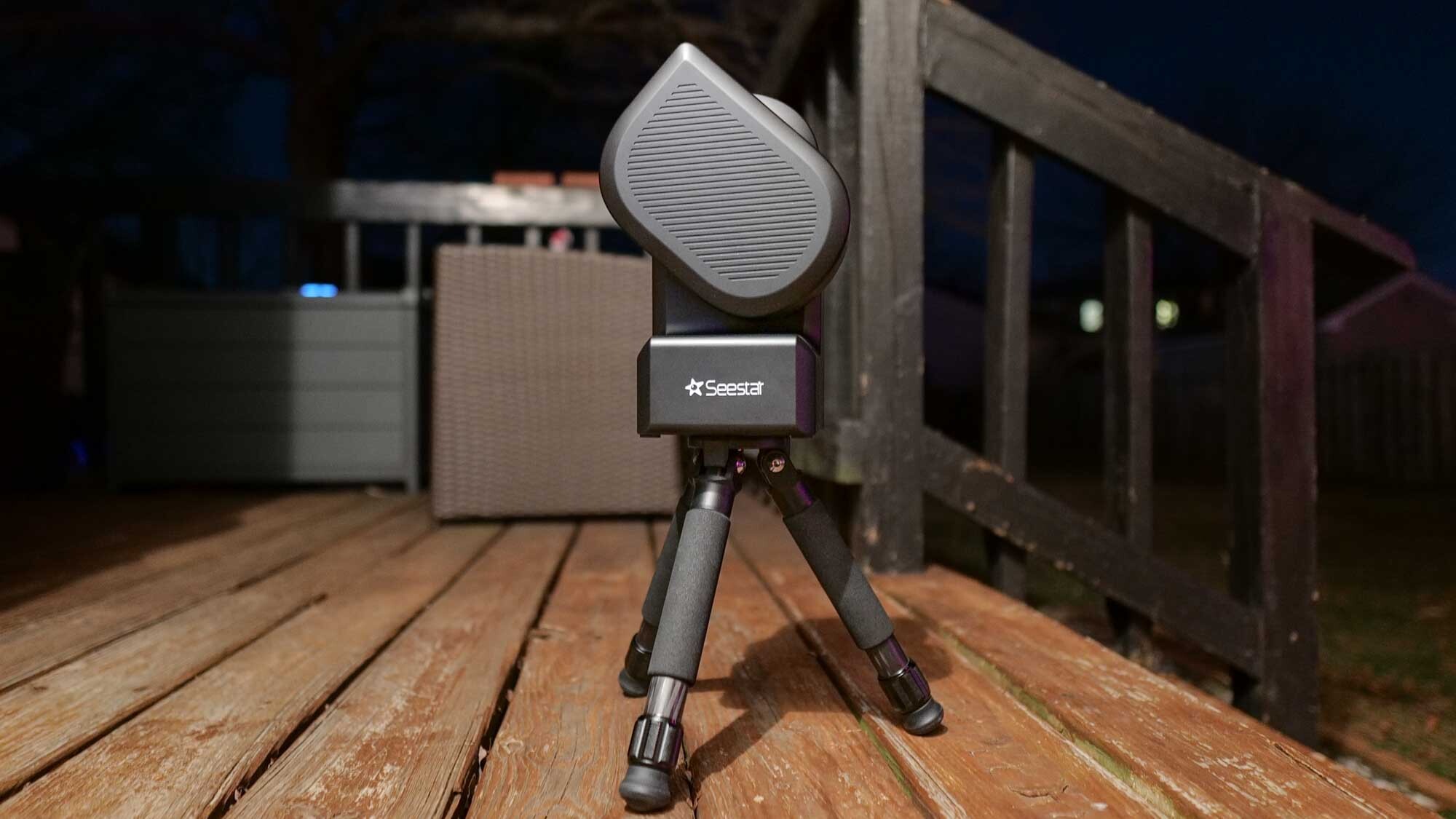

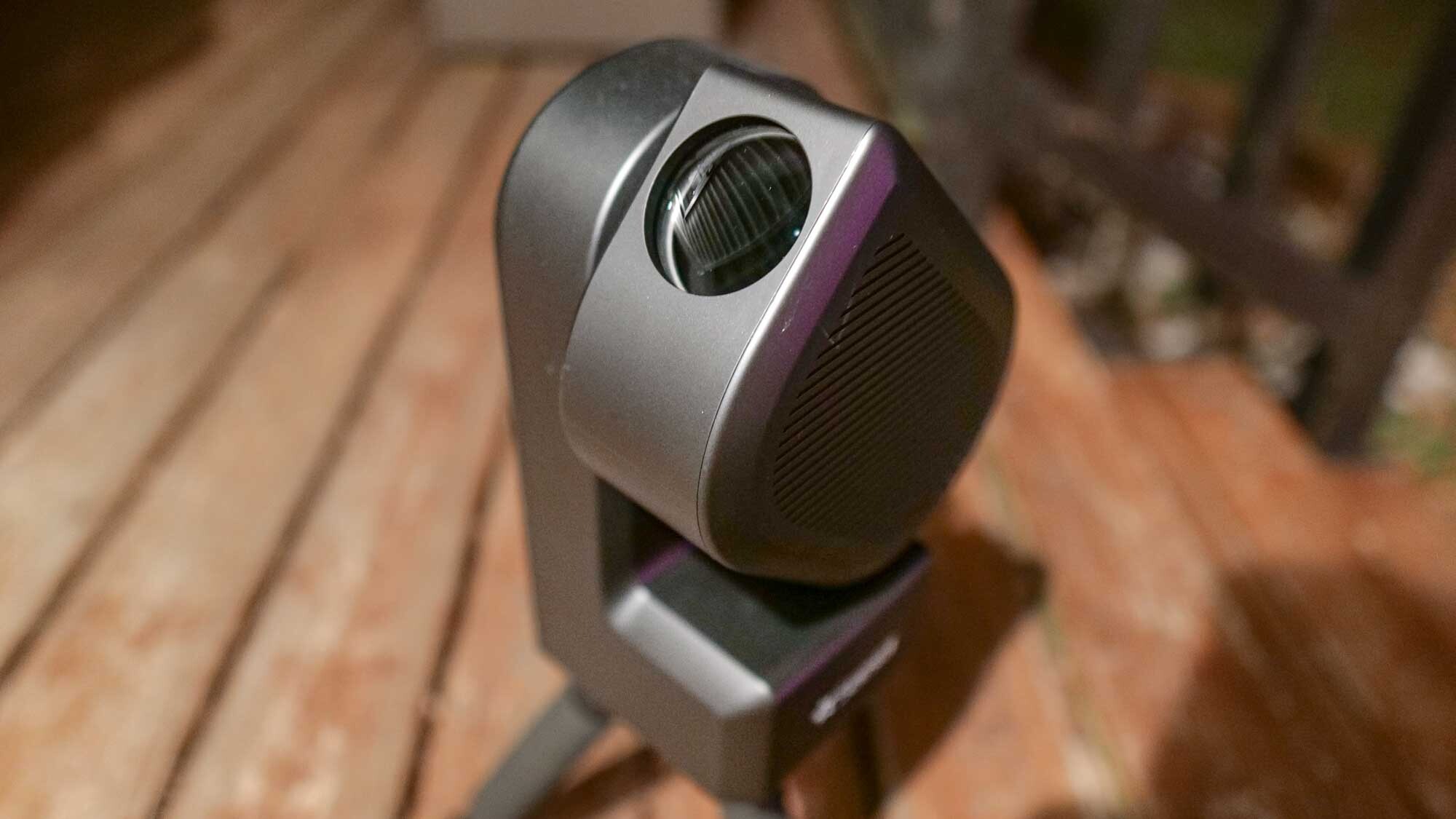
For the last couple of months, I’ve been also using the Seestar S50 smart telescope. It’s a little bit bigger than the Dwarf II I was using previously, but its performance is much better — and compared to the Galaxy S24 Ultra, there’s just no comparison.
I recommend the Seestar S50 to anyone thinking about getting started in astrophotography because it requires little experience to operate and master. The companion Seestar app I use to control the smart telescope is one of the best, complete with a sky map that shows you everything in view at my location. And once I select a target, it’ll automatically slew itself to begin capturing. I can usually get phenomenal results after an hour of exposure, revealing the dust clouds of the Great Orion Nebula in full detail.
Seestar S50 smart telescope: buy now for $499 @ B&H
See farther into the universe with the Seestar S50 smart telescope. You don't need to be an astrophotography pro because you can control it with your smartphone and easily capture stars, nebulas, and galaxies with ease.

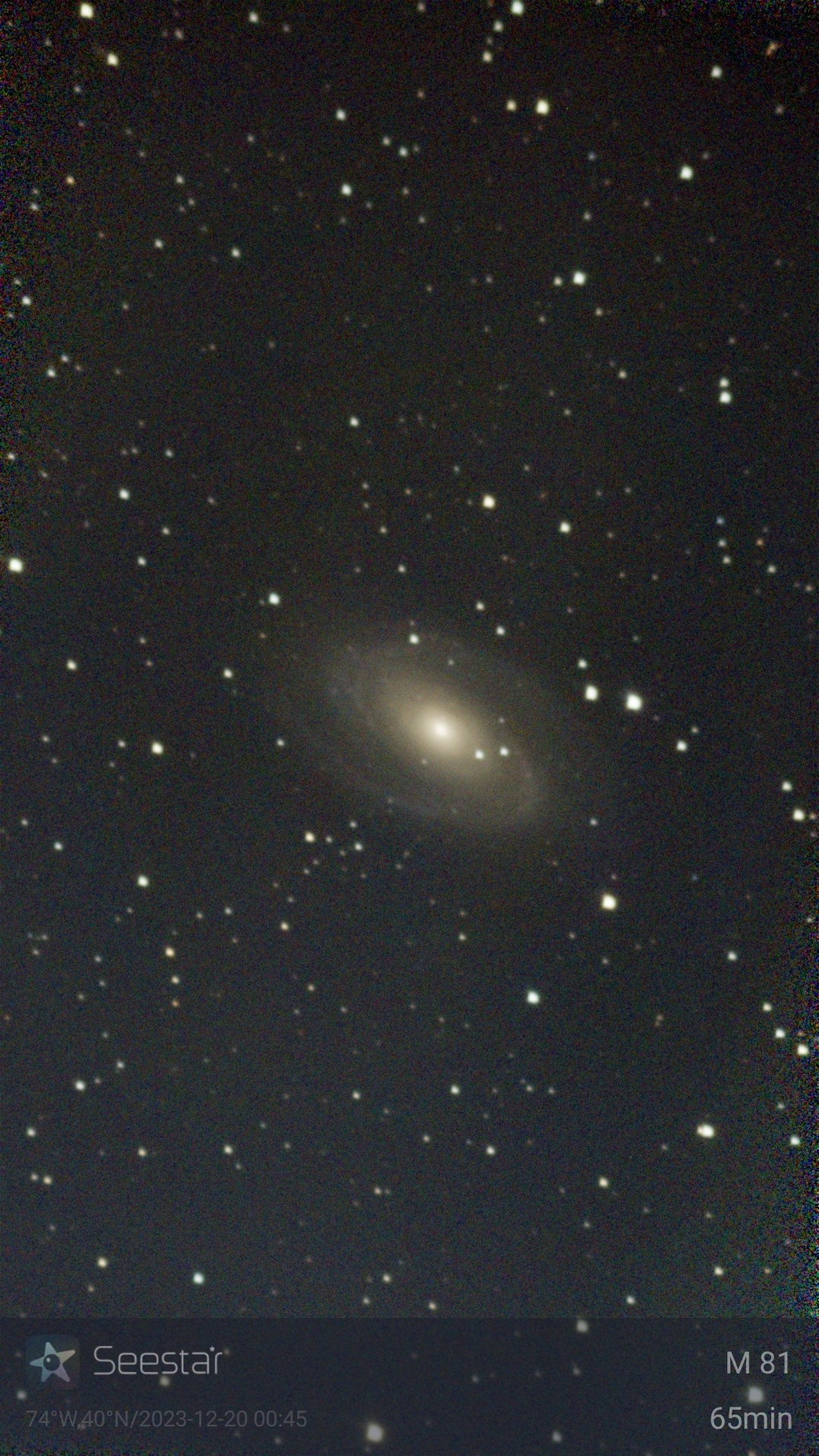
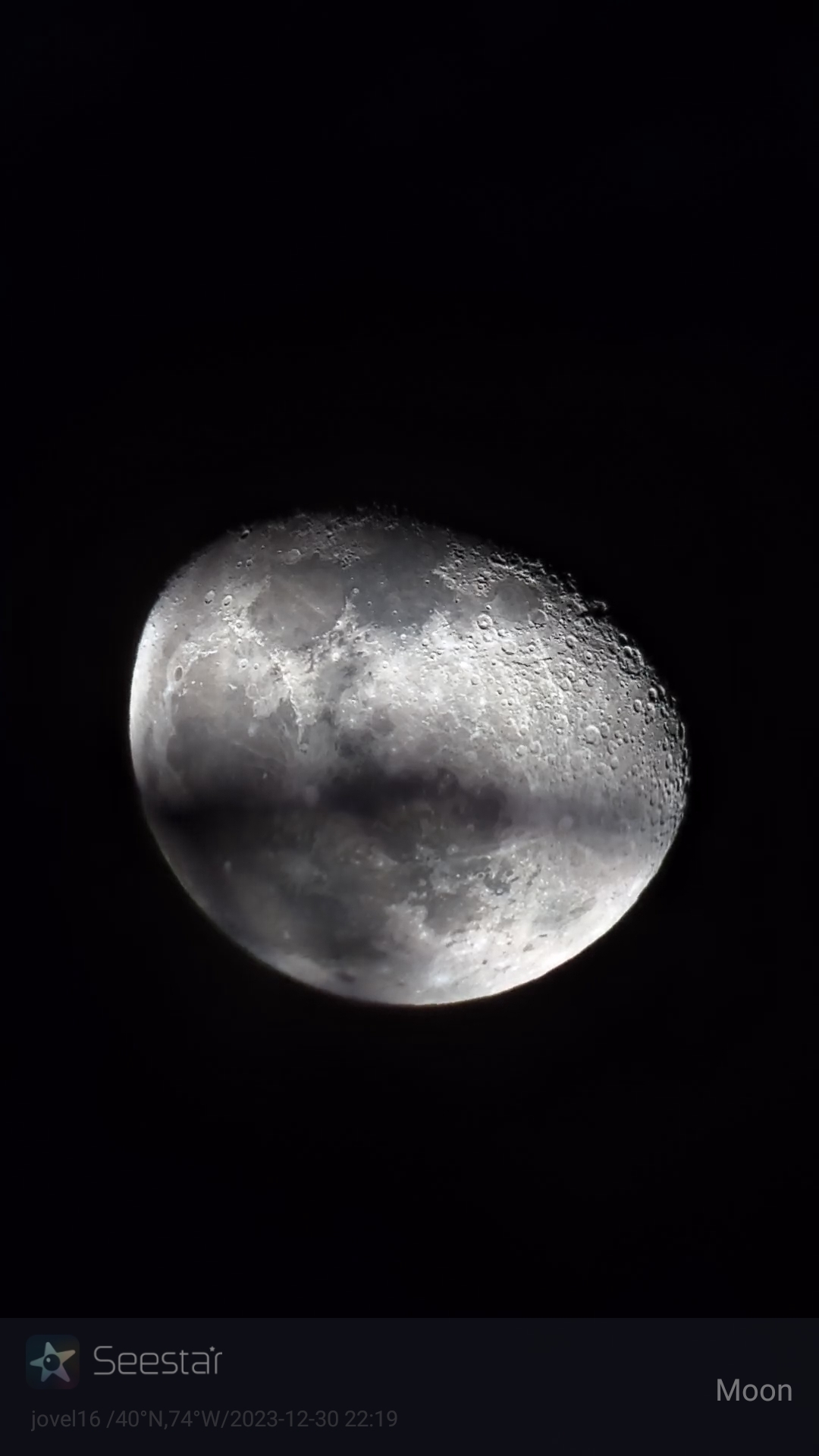

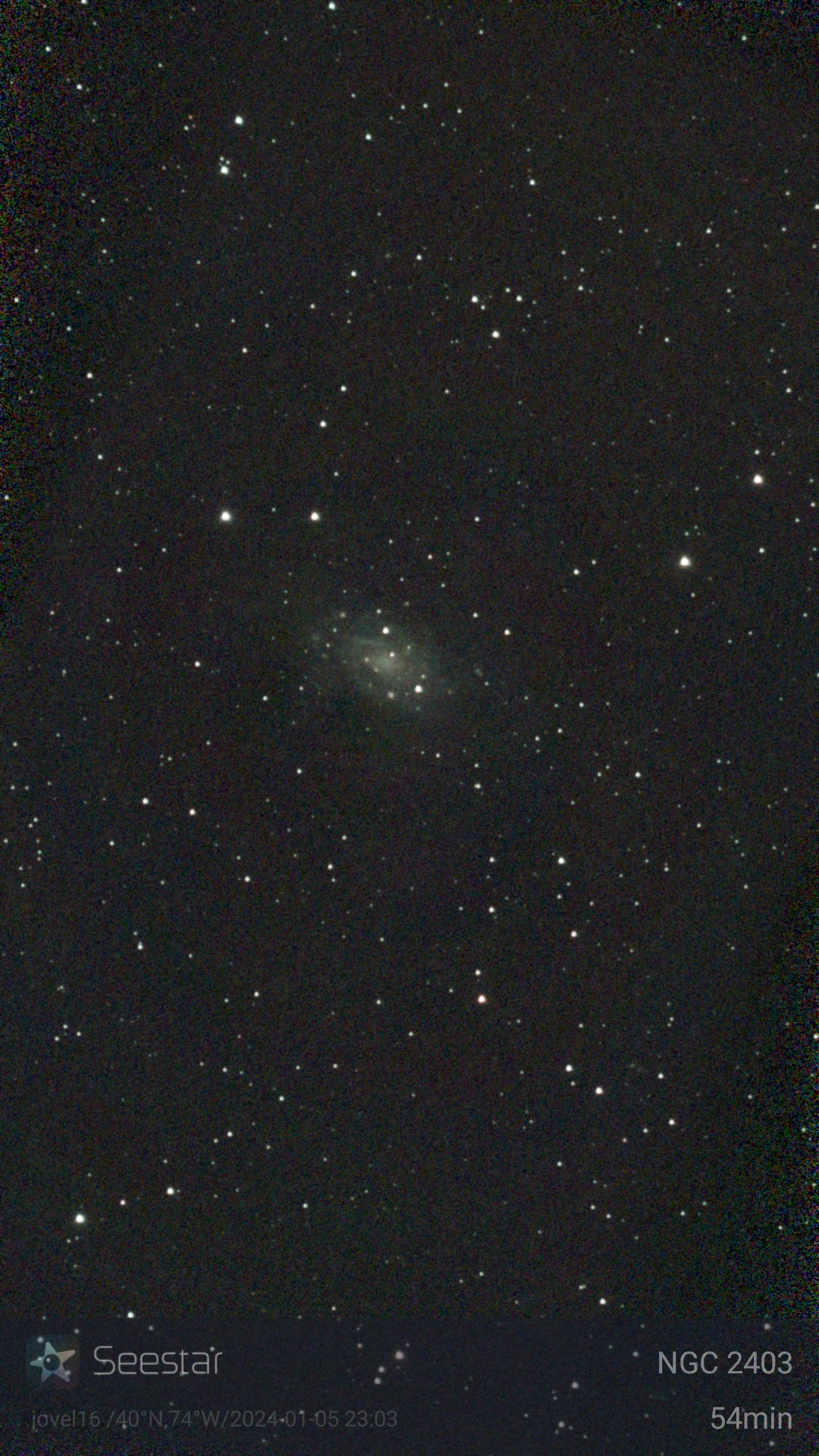
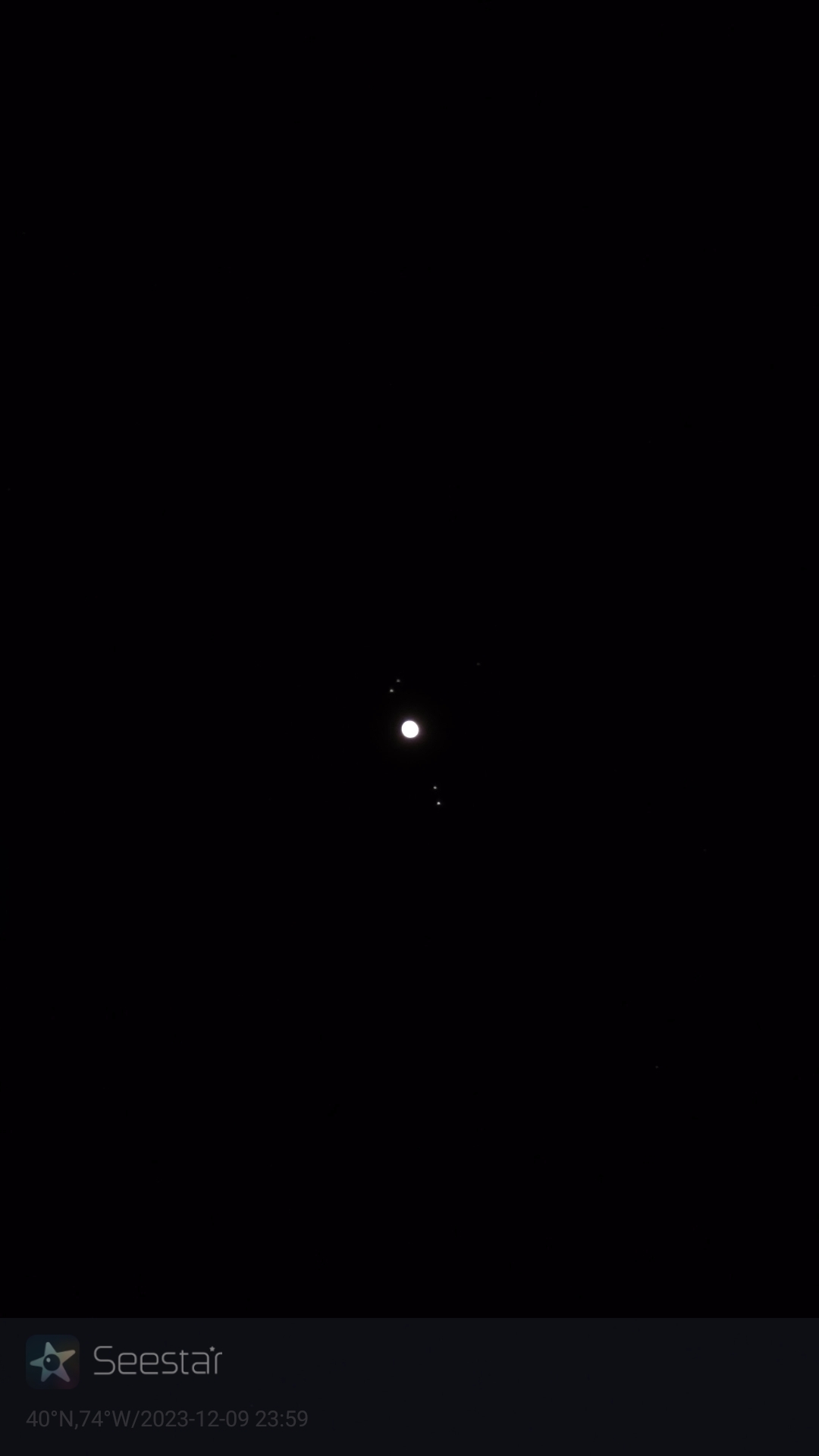

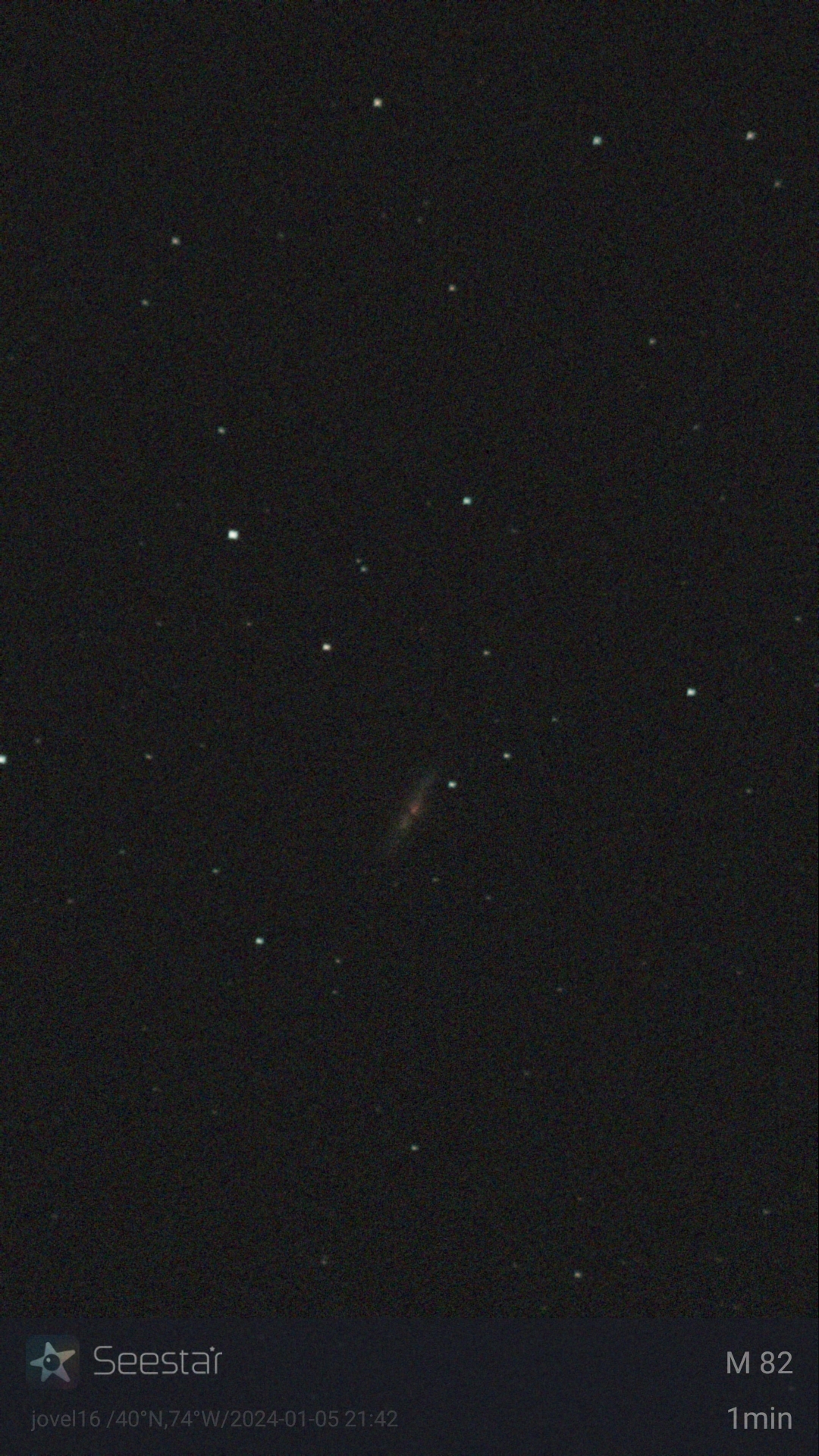
The best part is that you won’t have to spend a fortune, or need the technical knowledge to operate a telescope. At about $500, it’s definitely one of the best beginner smart telescopes for astrophotography. Whereas the Galaxy S24 Ultra is superb to capture the stars and constellations in the sky, the Seestar S50 takes the next giant leap at bringing you closer to galaxies and nebulas.
More from Tom's Guide
- Exclusive: OnePlus 12 software updates — OnePlus' president explains why you get 5 years, not 7
- This new Android phone goes days without needing a charge — and it's less than $500
- Google quietly releases eSIM Transfer Tool — why it's a big deal

John’s a senior editor covering phones for Tom’s Guide. He’s no stranger in this area having covered mobile phones and gadgets since 2008 when he started his career. On top of his editor duties, he’s a seasoned videographer being in front and behind the camera producing YouTube videos. Previously, he held editor roles with PhoneArena, Android Authority, Digital Trends, and SPY. Outside of tech, he enjoys producing mini documentaries and fun social clips for small businesses, enjoying the beach life at the Jersey Shore, and recently becoming a first time homeowner.
